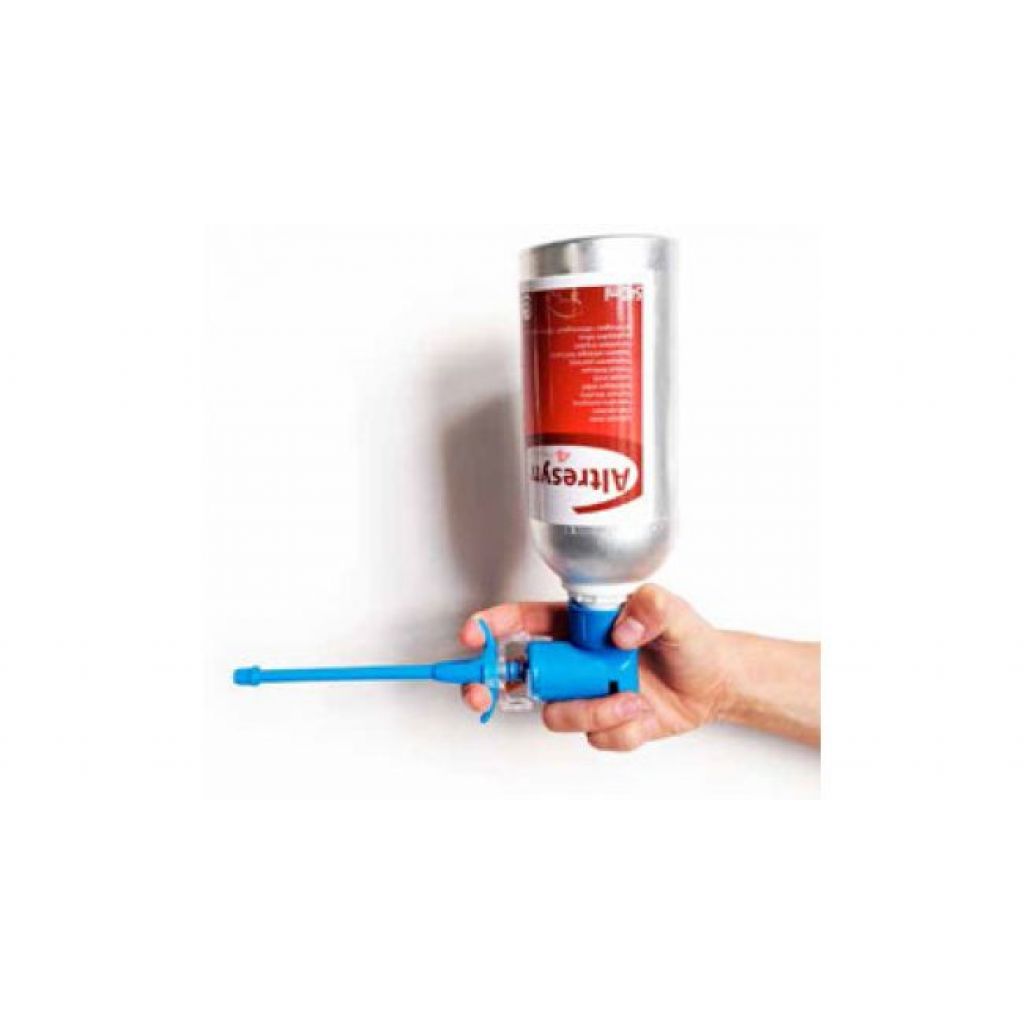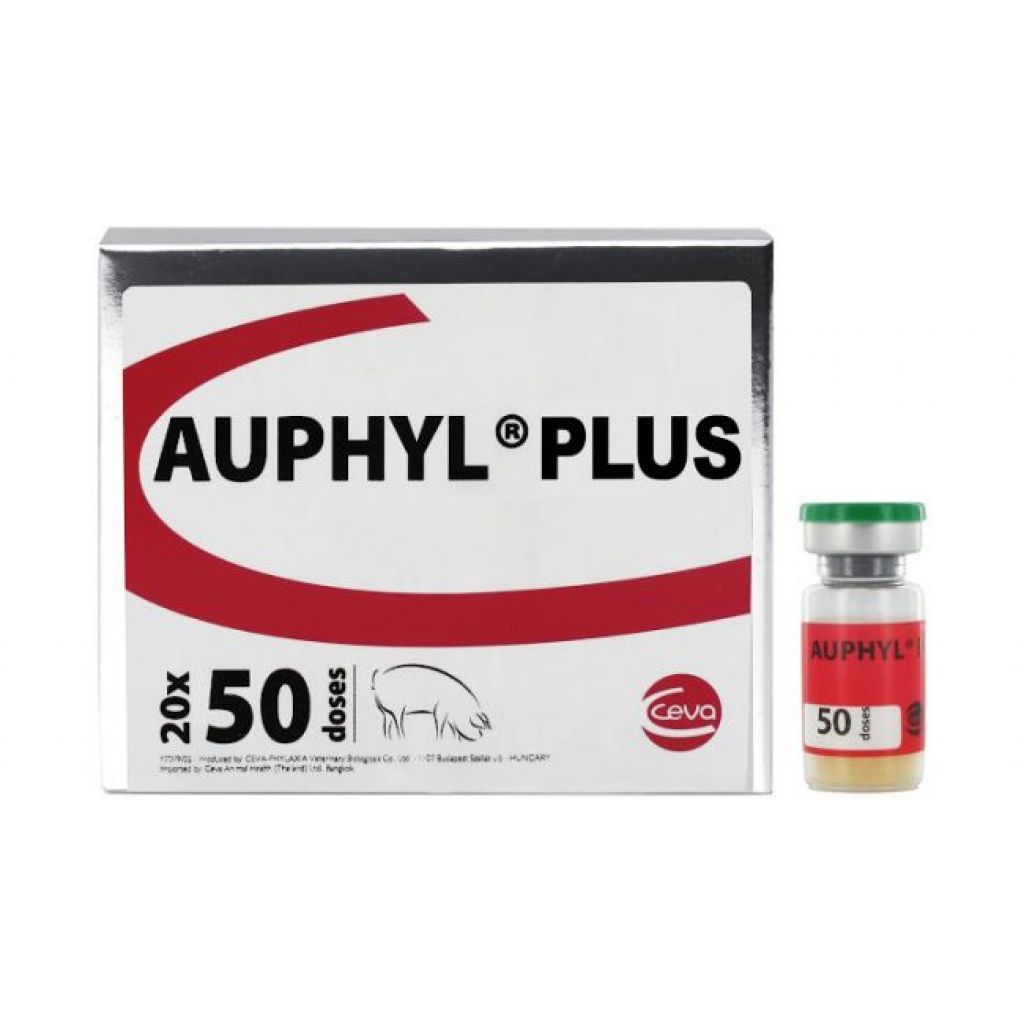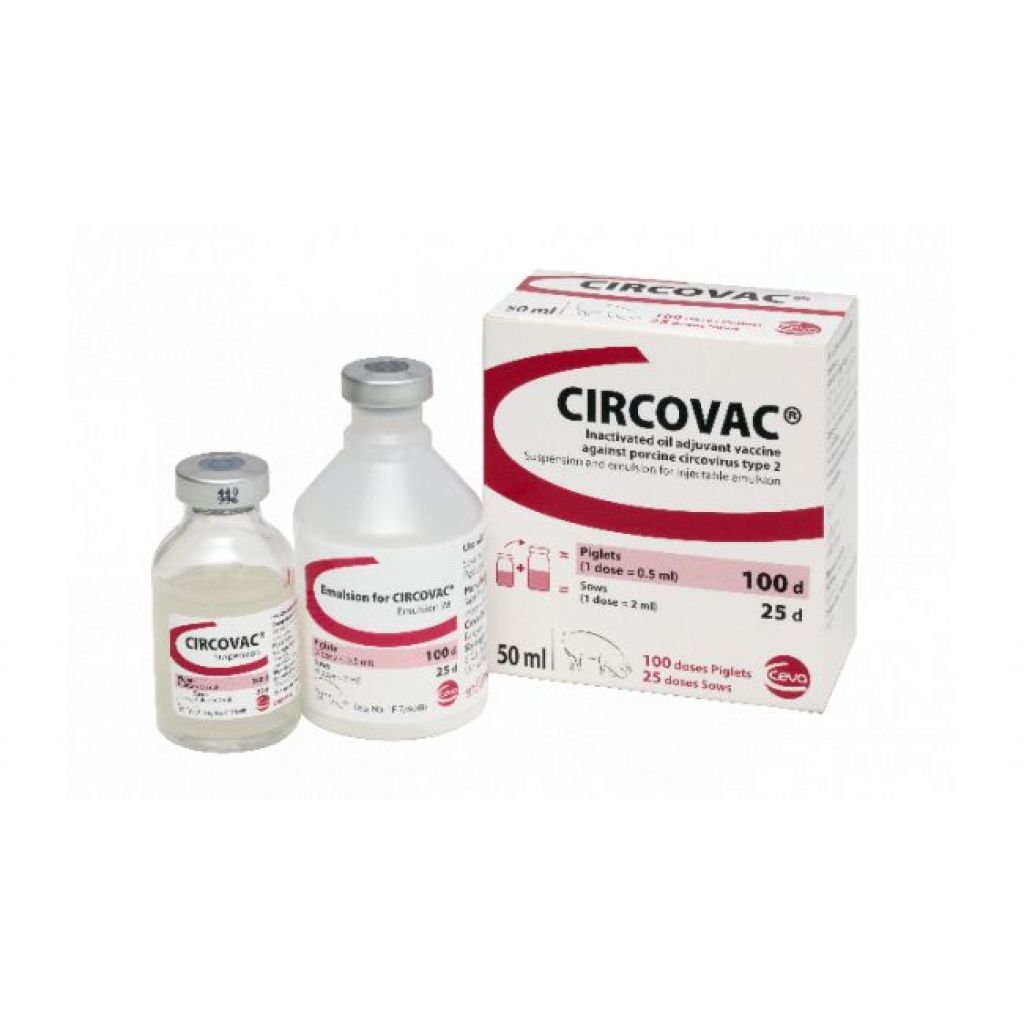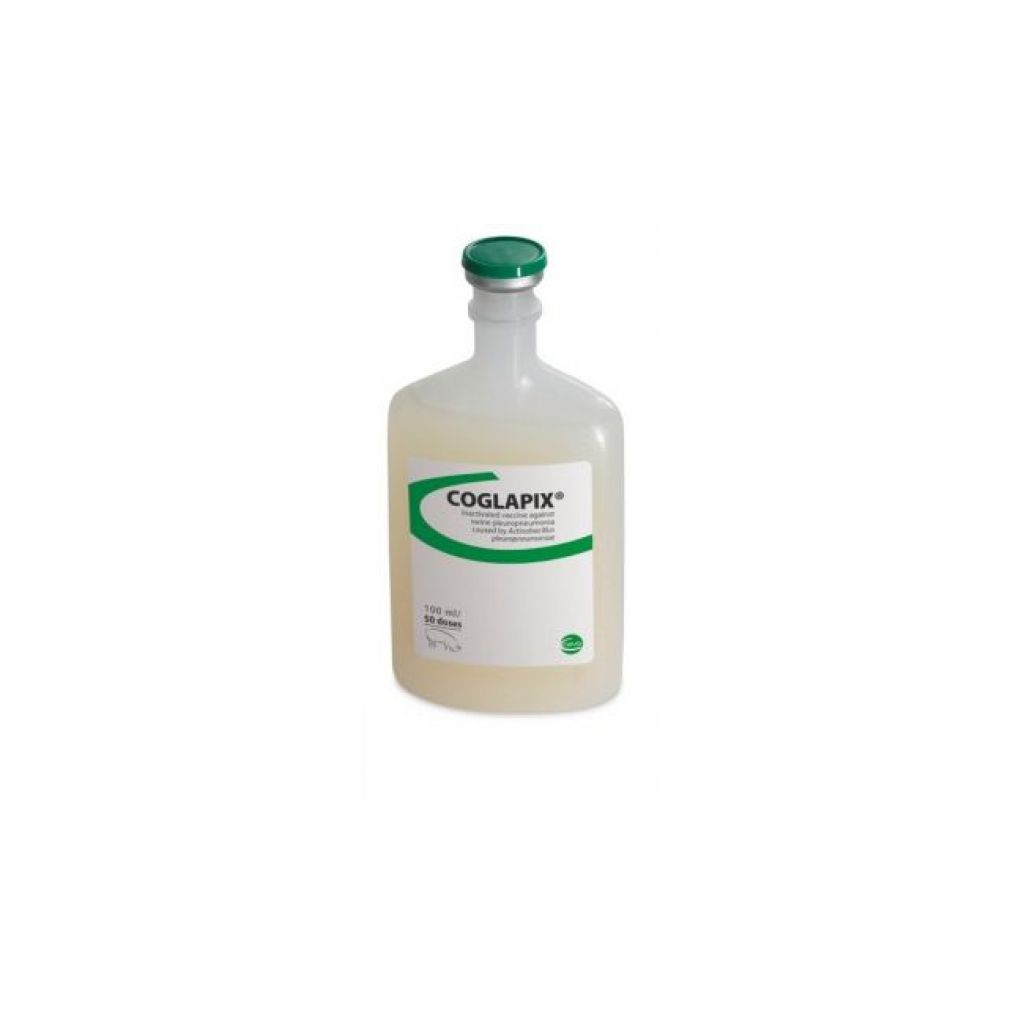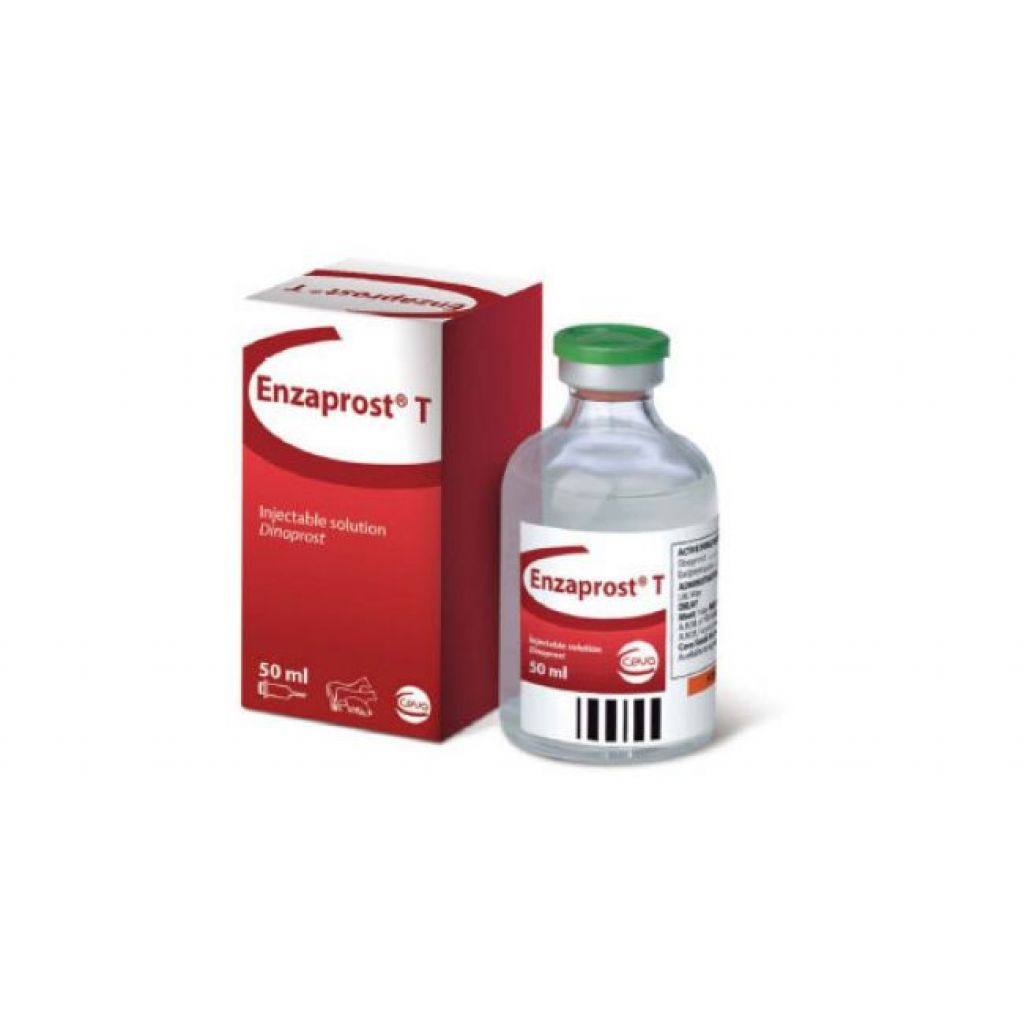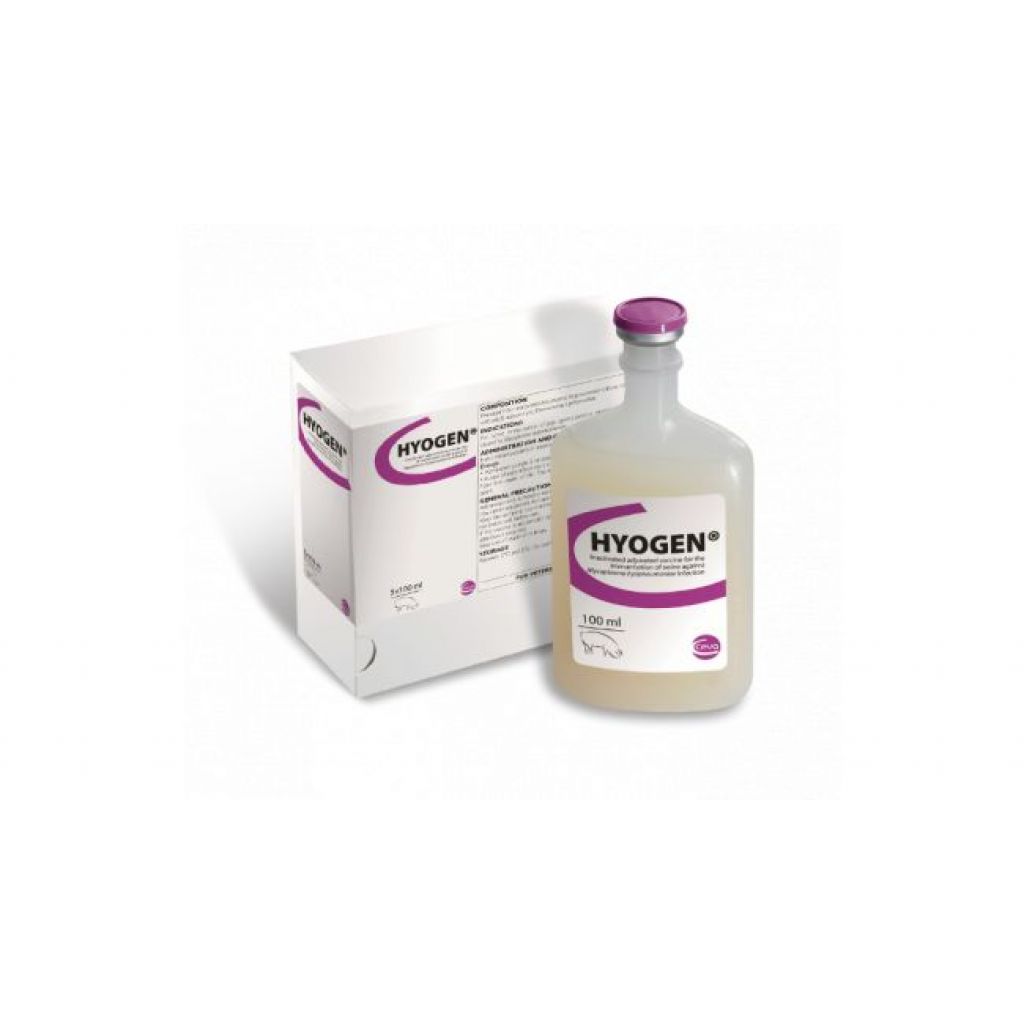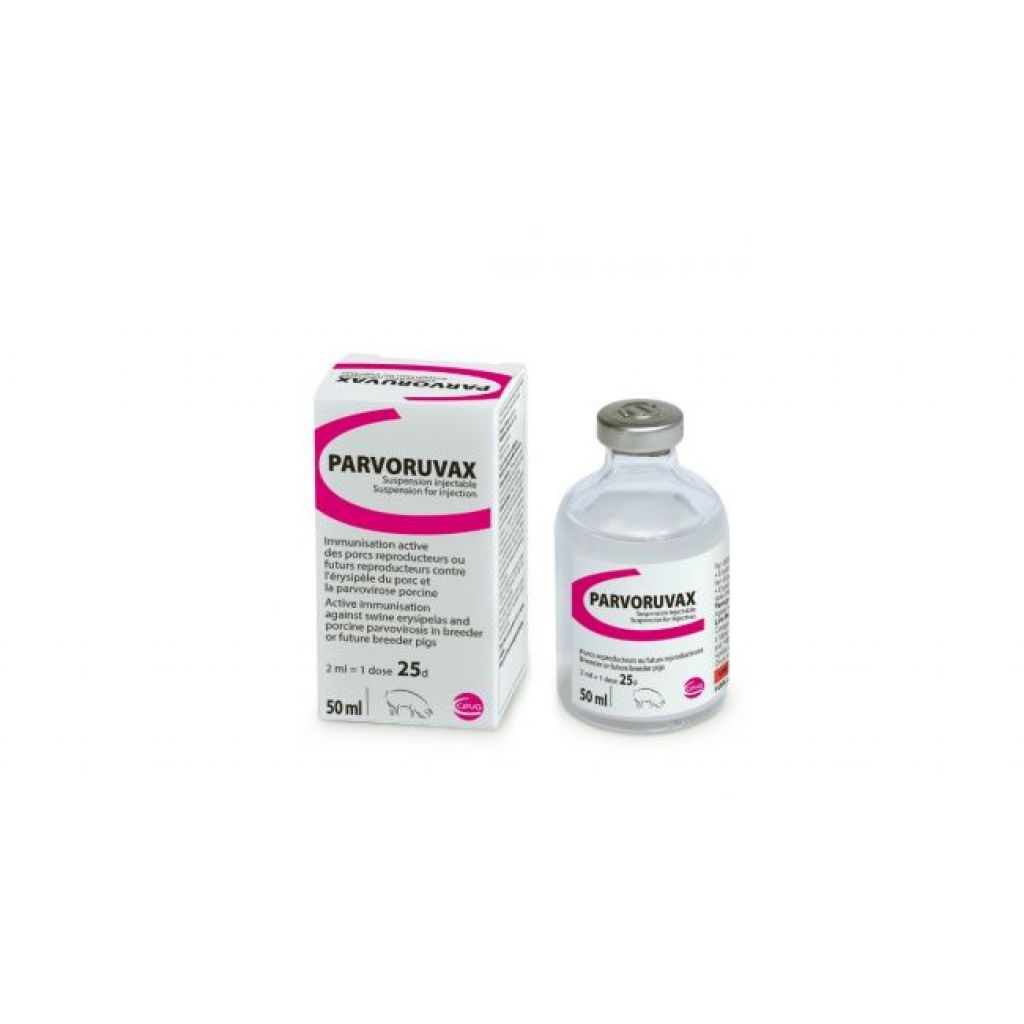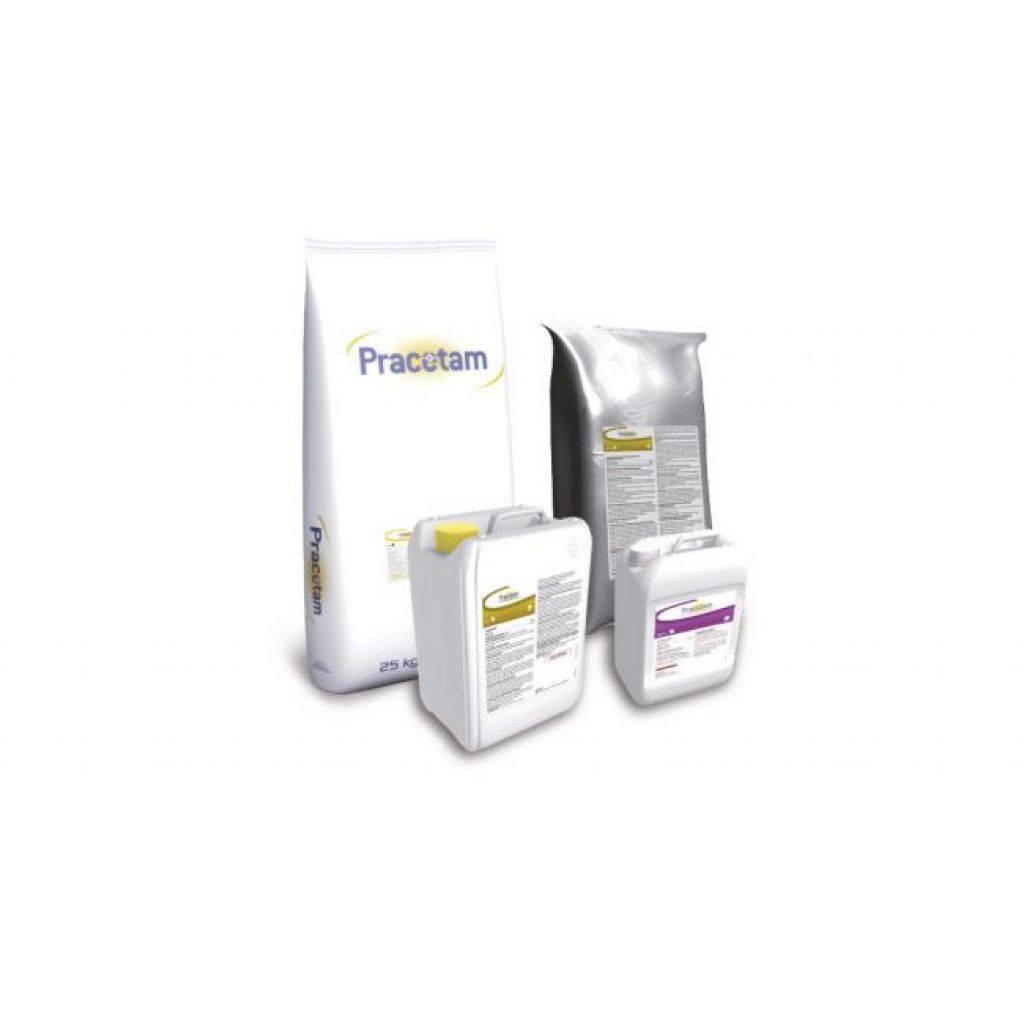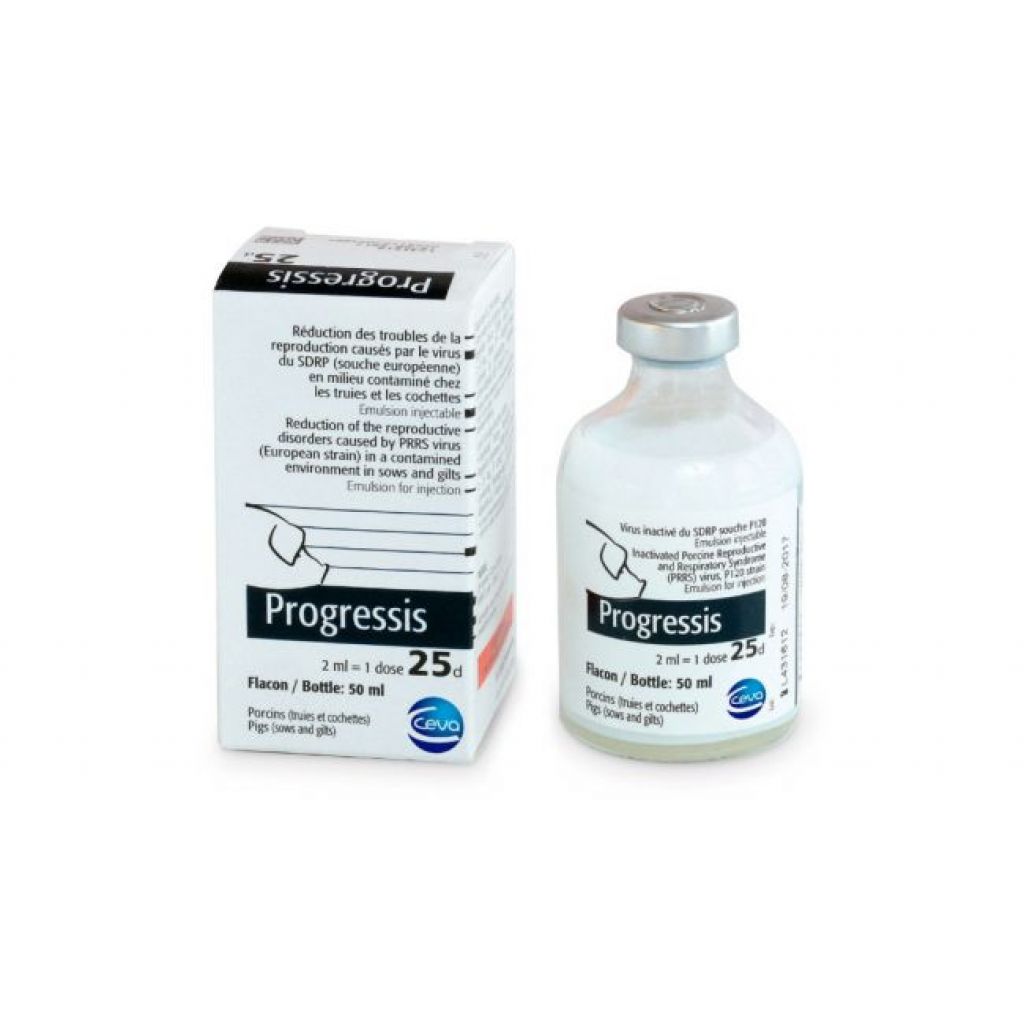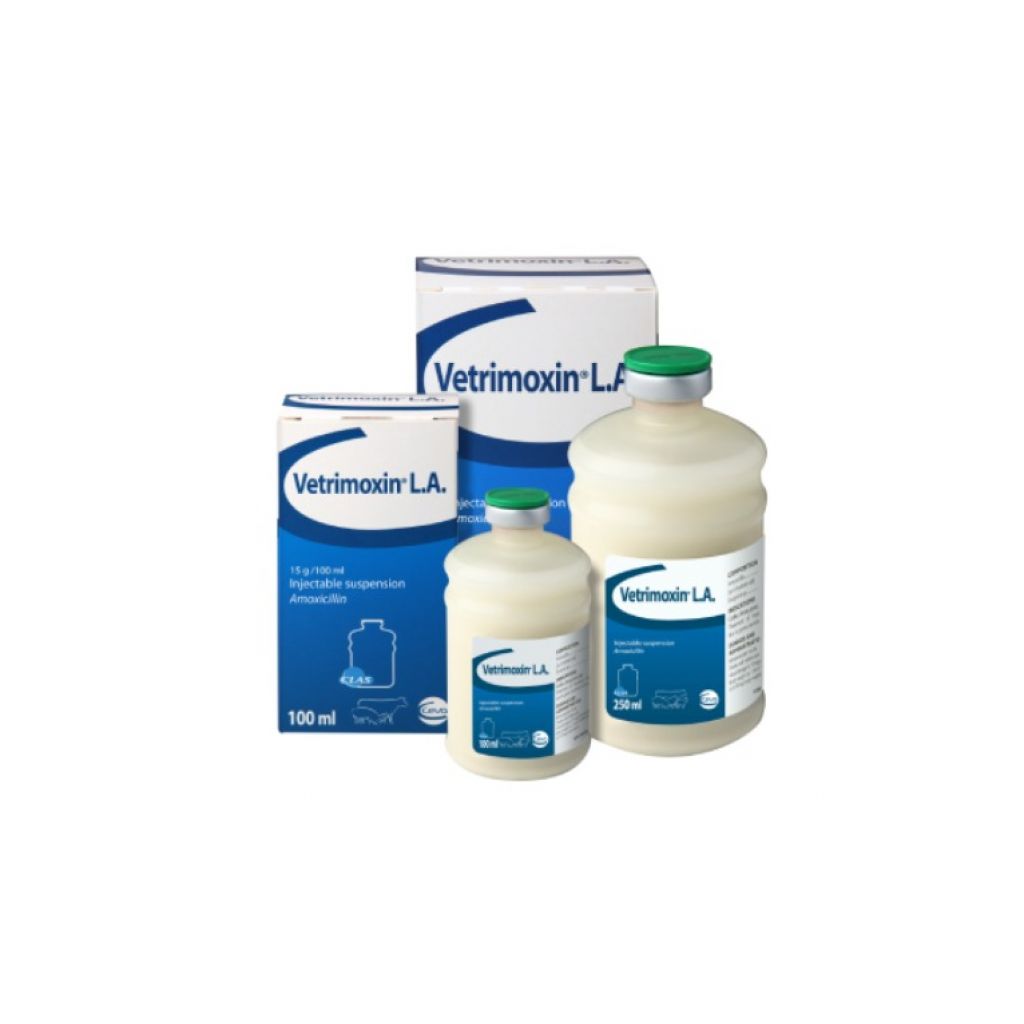Causes of Piglet Mortality in the Farrowing Unit (2/2)
In the last article Causes of Piglet Mortality in the Farrowing Unit (1/2) we discuss about sow crushing, coccidiosis and scours.
Passive immunity transfer failure
Because of the type of placenta that pigs have, sows cannot transfer antibodies to their piglets while they are in the womb. Therefore, piglets are born into a hostile environment… without any defenses against deadly pathogens! To overcome this vulnerability, sows produce colostrum, a special ‘milk’ that is packed with antibodies and energy. During their first 24 to 48 hours of life, piglets’ guts are permeable to immunoglobulins: the antibodies they drink can pass into the bloodstream. This is called passive immunity transfer.
However, piglets’ capacity to absorb antibodies quickly declines after the first 6 hours of life! If piglets don’t drink enough colostrum as soon as possible, they will not have immunity and, most likely, will readily succumb to all and any pathogens. This is called ‘passive immunity transfer failure’.
Colostrum intake depends on the ability of the sow to produce high-quality colostrum, but also on the piglets’ capacity to compete for a teat, suckle, ingest and absorb it. Declerck et al. (2017) conducted a large study to determine which factors most influence colostrum intake in individual piglets; some of the most significant are oxytocin use, large litters, and body weight within the litter. Some factors, such as stillborn piglets, also influence the variation of colostrum intake among littermates —which increases the risk of passive immunity failure for the lighter, weaker piglets.
Low viability
Some piglets are born underweight, weak, and have a low chance of survival if no measures are taken. In the past, there was a cut-off of around 900 g bodyweight at birth to classify underweight piglets. However, we have learned that viability is a more subtle concept, because it is also relative: an 850 g piglet might fare better around similar-sized littermates than a 1,200 g runt in a very heavy litter.
Weight at birth is not the only factor that influences viability. For example, placental infarction, umbilical cord rupture, and poor sow nutrition lead to less viable piglets. Sow prolificacy (the main genetic trait influencing litter size) has been one of the major breeding objectives in the industry. This has led to the unintended consequence of less space in the womb for all the piglets, which can cause a higher rate of unviable piglets (Tucker et al, 2021).
Dystocia, or difficulty during farrowing, can lead to asphyxia, hypoxia, brain damage, bleeding, and trauma, resulting in less viable piglets. The same could be said for longer farrowing.
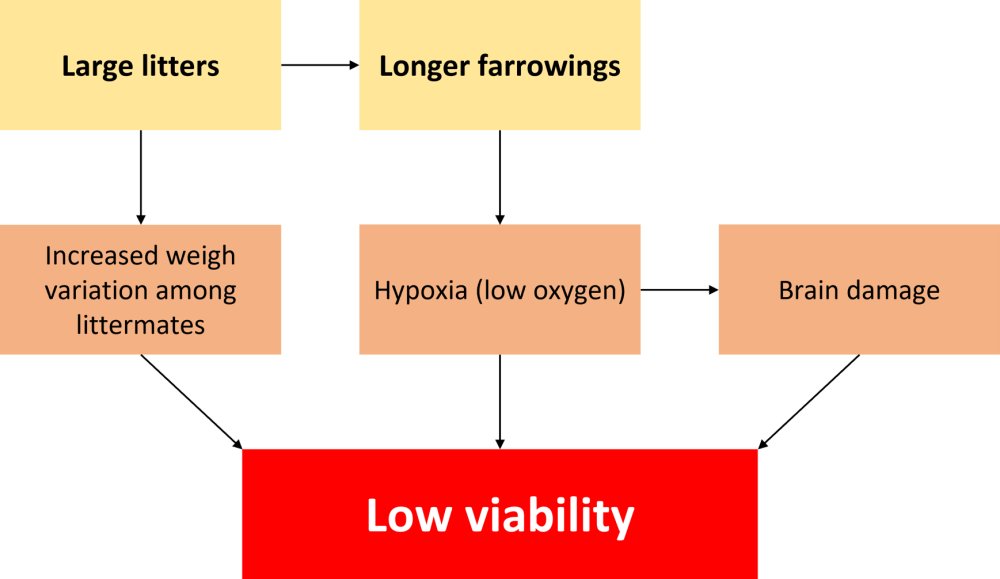
Figure 1. How prolificacy leads to low viability (adapted from Tucket et al., 2021).
Another important aspect of modern pigs is that, because of their fast growth rate, they quickly outrun their iron supplies and develop anaemia, which also leads to weakness and low viability.
Low viability also puts piglets at a much greater risk of crushing.
Deformity
We should consider deformity as a subset of low viability. The most common deformity in newborn piglets is splayleg. Splay-legged piglets have low muscle tone or development so they cannot keep their legs upright. Because splaylegs cannot get away from the sow, they are very prone to death by crushing. This condition affects the hindlimbs, the forelimbs, or both (also known as ‘stars’, with an extremely low survival rate).
Most deformities, such as atresia ani (absence of anus), cardiac abnormalities, and extreme teratogenic events are fatal and result in death during the first hours or, at most, days. Others, such as hernias, could be corrected surgically, depending on the severity of the problem.
Deformities can be caused by genetic, infectious, and chemical factors (such as toxins or medicines). These problems tend to be sporadic, so, if they are becoming common on a farm, there should be a thorough investigation to determine and correct the cause.
Starvation and exposure (chilling)
Neonatal piglets prefer a temperature of 35 °C. However, this is just too hot for sows, most comfortable between 15-20 °C. Piglets with lower core temperature quickly become lethargic, so they nurse less; consequently, they have less energy to move and to keep their temperature up, leading to less activity and less willingness or ability to nurse. This is a vicious cycle that can cause death on its own or lead to crushing.
Pigs are especially susceptible to chilling because of their characteristics at birth. Their high surface-to-volume ratio means they lose heat quite fast (Tucket et al., 2021). Because they are born wet, they can quickly become hypothermic if there are drafts in the farrowing unit. Furthermore, unlike other mammals, pigs don’t have brown fat, which helps juveniles from other species maintain their body temperature, even in adverse conditions.
Agalactia
When sows fail to produce colostrum or milk, piglet mortality increases dramatically. Agalactia can result from infections, such as the Porcine Respiratory and Reproductive Syndrome (PRRS), caused by a virus.
However, agalactia is often bacterial in origin, and it rarely comes alone. Therefore, veterinarians speak of a post-partum syndrome that includes metritis (infection of the womb), mastitis (infection of the mammary glands), and dysgalactia (reduced or absent milk production). The most common term today is Post-partum Dysgalactia Syndrome (PDS), but you may also know it as lactation failure, agalactia complex, or postpartum agalactia (Kemper, 2020).
Sow malnutrition and poor body condition can also lead to agalactia.
Click here to discover CEVA products!
In next articles we will discuss about how to reduce piglet mortality in the farrowing unit. Follow CEVA profile and don't miss them!
References
Declerck, I., Sarrazin, S., Dewulf, J., & Maes, D. (2017). Sow and piglet factors determining variation of colostrum intake between and within litters. Animal, 11(8), 1336-1343. https://doi.org/10.1017/S1751731117000131
Tucker, B. S., Craig, J. R., Morrison, R. S., Smits, R. J., & Kirkwood, R. N. (2021). Piglet Viability: A Review of Identification and Pre-Weaning Management Strategies. Animals, 11(10), 2902. https://doi.org/10.3390/ani11102902
Kemper, N. (2020). Update on postpartum dysgalactia syndrome in sows. Journal of animal science, 98(Supplement_1), S117-S125. https://doi.org/10.1093/jas/skaa135
Contact:
Contact us using the following form.



